This comparison shows one of the strengths of using a focal plane array profiler with this technique. Since a focal plane array generates a 2D image of the profile, spatial features are easily observed. This often indicates the overall performance of the optics and also reveals optical defects that can degrade the performance of the optical system.
Scanning aperture profilers can measure beams under 10 μm, depending on their design, without the need for a microscope objective. This can make scanning aperture profiles seem attractive for measuring small beams, since the measurements are simplified; scanning aperture profilers are used most effectively to measure beam sizes under 10 μm. Often overlooked is the accuracy of the scanning plane, which must be accurate to within a few microns in order to produce reliable results. When determining the size of the beam emerging from a waveguide or fiber –often referred to as the mode field diameter (MFD) – a scanning aperture is problematic, as the fiber or waveguide would need to press right up against the whirling slit aperture or knife-edge to be determined, most likely damaging the scanning aperture and possibly the test source. Microscope objectives with image planes 1 to 5 mm in front of the lens are used instead, so the profiler is not in contact with the test source.
Some labs have measured small beam sizes using a razor blade, a micron positioner and photodiode. The razor blade was slowly moved through the beam to measure its size. This technique works, as long as no active alignment is needed to improve performance. A knife-edge profiling technique eliminates most of the spatial 2D structure to the beam, so it will not provide adequate information about aberrations or other structures of the beam.
A lesser-known technique to measure a small beam that many find counterintuitive is to profile it directly in the far-field, and transform the far-field profile distribution into the near-field to determine beam size. The method is documented in the Telecommunications Industry Association (TIA) Fiber Optic Test Procedure (FOTP) 191 as the Direct Far-Field Method for measuring the MFD of single-mode optical fiber. While the procedure was originally developed to characterize the MFD of optical fibers, the method is valid for any single-mode beam.
In the far-field region, the mode structure of the beam no longer evolves along the optical path, and the resulting profile is the same as would be observed at infinity. This region begins at a distance >>πd2/λ, where d is the beam waist size, and λ is the wavelength of light. For a reference beam of 10 μm at a wavelength of 1 μm, this distance is about 300 μm. Part of the challenge of measuring a beam with a small waist in the far-field is that the beam expands rapidly, often growing to a size of a few centimeters in the far-field, which is far too large to be profiled by most CCD and other array-based cameras.
Instead, a scanning goniometric radiometer profiler is used to profile the angular intensity distribution of the beam. From the measured angular distribution, MFD is calculated using the Petermann II integral, derived by Klaus Petermann in 1983:


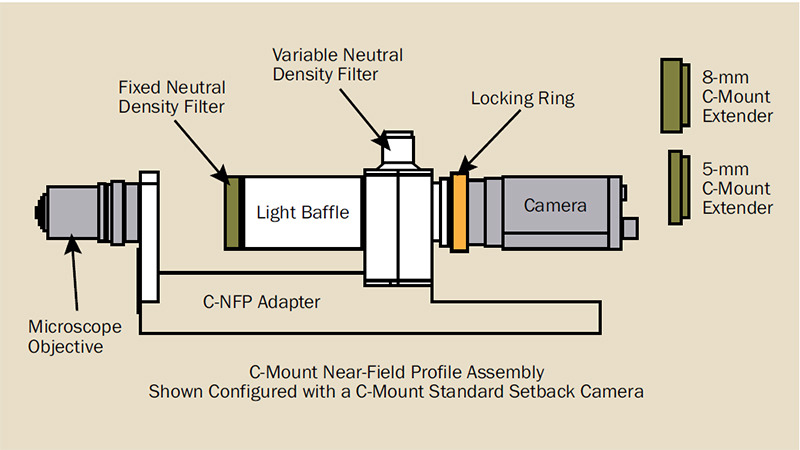
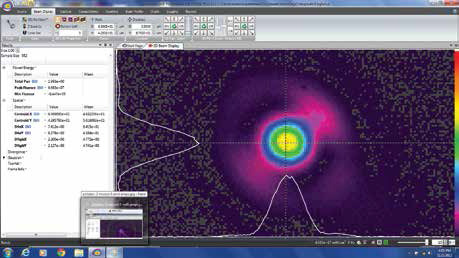
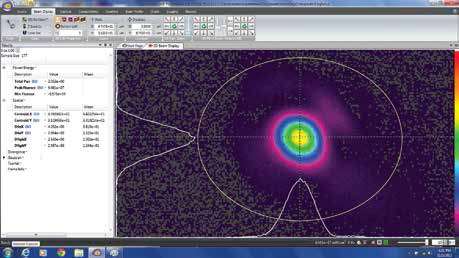

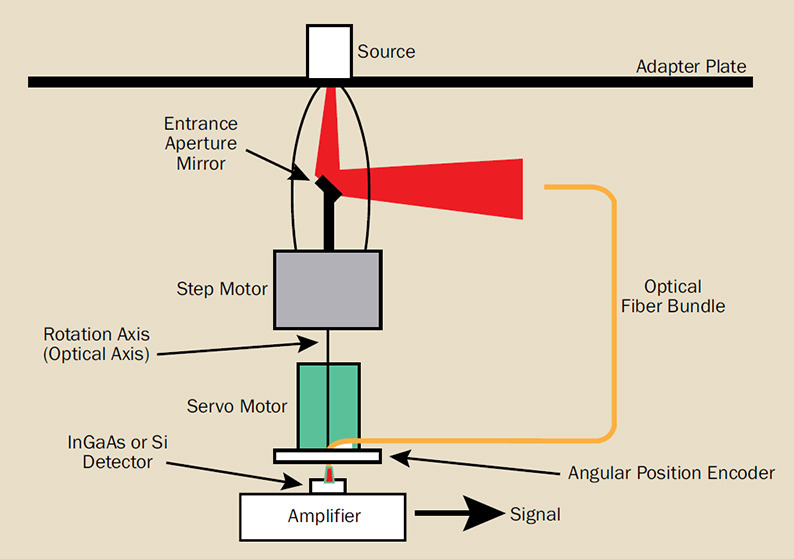
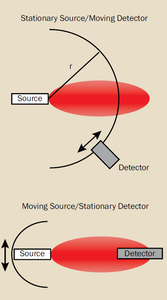

 Ultra-High Velocity
Ultra-High Velocity